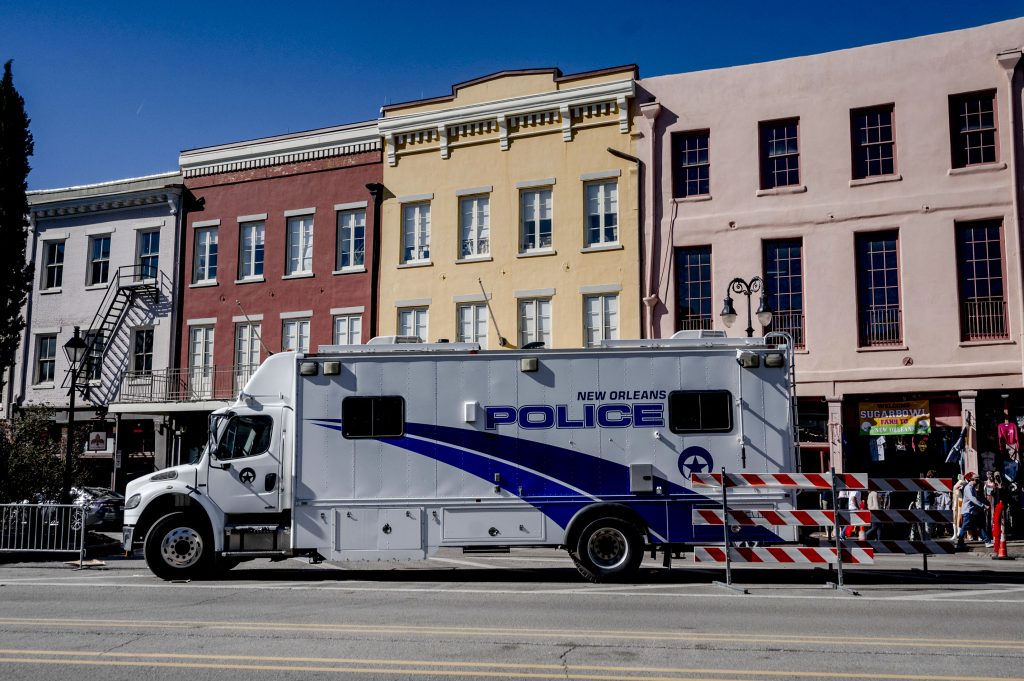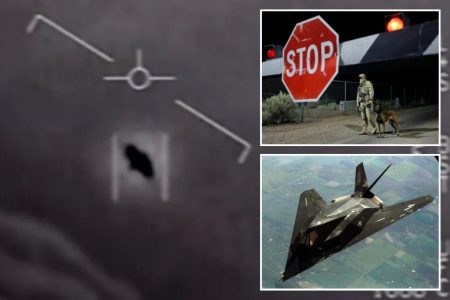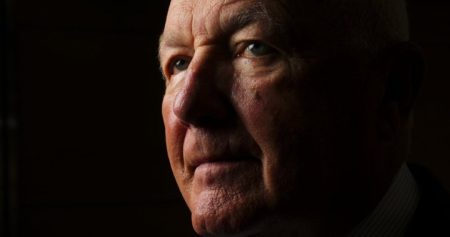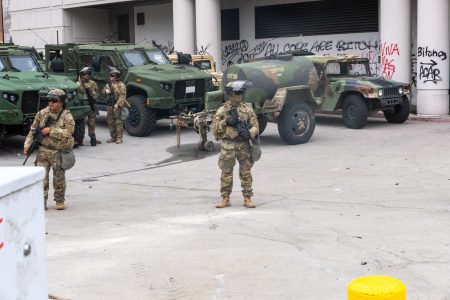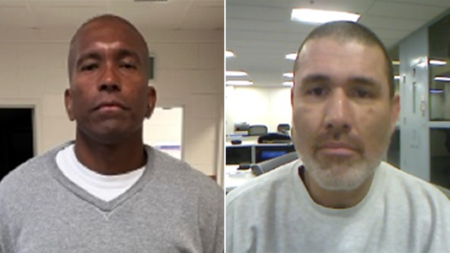The New Year’s Day attack on Bourbon Street in New Orleans, a vibrant hub of music, nightlife, and revelry, was shattered by a devastating car attack that left a trail of carnage and chaos. The incident, which occurred amidst the celebratory atmosphere of the new year, claimed the lives of at least ten individuals and injured thirty others, casting a long shadow over the festivities and sending shockwaves through the community. As authorities scrambled to piece together the events leading up to the tragedy, a complex and evolving narrative began to emerge, pointing towards a potentially coordinated attack rather than the act of a lone individual.
Central to the unfolding investigation is the identification of Shamsud Din Jabbar, a 42-year-old man, as the driver of the pickup truck used in the attack. While Jabbar’s role in the incident is undeniable, emerging evidence suggests that he may not have acted alone. A Louisiana State Police bulletin obtained by The Associated Press reveals critical information gleaned from surveillance footage, depicting three men and a woman allegedly placing an improvised explosive device (IED) in connection with the attack. This revelation significantly expands the scope of the investigation and raises crucial questions about the extent of the conspiracy and the identities and motivations of the other individuals involved.
The discovery of the IED and the apparent involvement of multiple perpetrators introduces a new layer of complexity to the case. It suggests a premeditated and coordinated effort, raising concerns about the potential for further attacks and the broader security implications of the incident. The presence of an IED also indicates a level of sophistication and planning that goes beyond the actions of a lone actor, potentially linking the attack to a larger network or organization. This development has prompted law enforcement agencies to intensify their efforts to identify and apprehend the remaining suspects, recognizing the urgent need to neutralize any ongoing threat to public safety.
The initial focus on Shamsud Din Jabbar as the sole perpetrator has now shifted towards unraveling the connections between him and the other individuals captured on surveillance footage. Investigators are working diligently to establish the identities of these individuals, their roles in the planning and execution of the attack, and their relationship with Jabbar. The investigation is likely to delve into their backgrounds, affiliations, and any prior involvement in extremist activities. Forensic analysis of the IED will also be crucial in determining its origin, construction, and potential links to other similar devices.
The New Orleans attack underscores the vulnerability of public spaces to acts of violence and the challenges faced by law enforcement in preventing and responding to such incidents. The use of a vehicle as a weapon, coupled with the deployment of an IED, highlights the evolving nature of security threats and the need for enhanced vigilance and preparedness. The attack is a stark reminder of the importance of robust security measures, including surveillance systems, intelligence gathering, and public awareness campaigns, to mitigate the risk of future attacks.
As the investigation continues to unfold, the focus will remain on apprehending the remaining suspects and bringing all those responsible to justice. The New Orleans community, still reeling from the shock and grief of the attack, seeks answers and closure. The pursuit of justice will be a long and arduous process, requiring the collaborative efforts of law enforcement agencies, forensic experts, and intelligence analysts. Ultimately, the goal is to uncover the full extent of the conspiracy, understand the motivations behind the attack, and prevent similar tragedies from occurring in the future.




